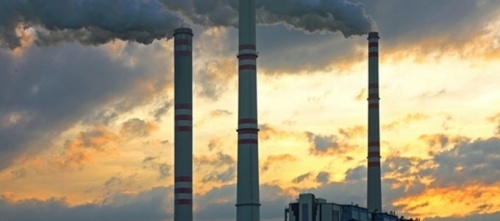
Bridging the Emissions Gap, study from UNEP argues we already have the means to avert damaging climate change. It provides specific recommendations to put these into action, highlighting the need for changes in the energy system and examining various economic sectors such as electricity production, transport, aviation, forestry and agriculture to consider for emissions reductions over the next 10 years. (Read: “Emission Reduction Negotiations Slooooowly” -
haitichild.com/films/blog_post/emissions-reduction-negotiations-sloooowly-by-ambassador-mo/27958).
Technically & Economically Feasible
The Study from UNEP (United Nations Environment Program) most critically provides policy-makers with technical and economically feasible guidelines on how to cut down greenhouse gas (GHG) emissions so governments can meet their environmental targets by 2020. The Study also evaluates gap between the pledges made by countries to cut their GHG emissions and what measures will be needed to keep the global temperature rise below the two degrees Celsius (35.6 degrees Fahrenheit) target by 2020. “This report puts into the hands of governments and policy-makers vital information about their options if the world is to meet the climate change challenge,” according to Achim Steiner, UNEP Executive Director. (Read: “Climate Change Efforts Inadequate”
diplomaticallyincorrect.org/films/blog_post/climate-change-efforts-inadequate-by-ambassador-mo/38284).
Aviation & Shipping:
The Study focuses on aviation and shipping as decisive sectors. They account for 5% of carbon dioxide emissions. However, these sectors currently fall outside the Kyoto Protocol - the emissions reduction treaty. “Options for reducing emissions from both sectors include improving fuel efficiency and using low-carbon fuels. For the shipping sector, another promising and simple option is to reduce ship speeds,” based on the Study.
Recommendations:
Study recommendations include:
---agreeing to implement their emissions reduction pledges with stricter rules,
---deciding to target their energy systems using more non-fossil fuels and renewable energy sources, and
--- putting in place long-term, specific-sector policies to achieve the full emissions potential of the different economic sectors.
Read: -“Environment Emergencies Ahead of Rio+20” -
diplomaticallyincorrect.org/films/blog_post/environment-emergencies-ahead-of-rio20-by-ambassador-mo/39348
Costs:
Global average marginal costs range from $25-$54 per ton of removed carbon dioxide, with a median value of $34 per ton. The report also presents far more pessimistic scenarios, warning of what could happen if countries do not fully realize their commitments. (See FILM REPORT – “Green House Gasses Record Levels”-
diplomaticallyincorrect.org/films/movie/greenhouse-gases-record-levels/23825 ).
Link to UNEP & Complete Study Report:-
www.unep.org/newscentre/Default.aspx?DocumentID=2659&ArticleID=8955&l=en
By Ambassador Muhamed Sacirbey
Facebook Become a Fan – “Diplomatically Incorrect”
Twitter Follow us - DiplomaticallyX
More at Ecology-Diplomat -
diplomaticallyincorrect.org/c/ecology-diplomat/most_recent/1

